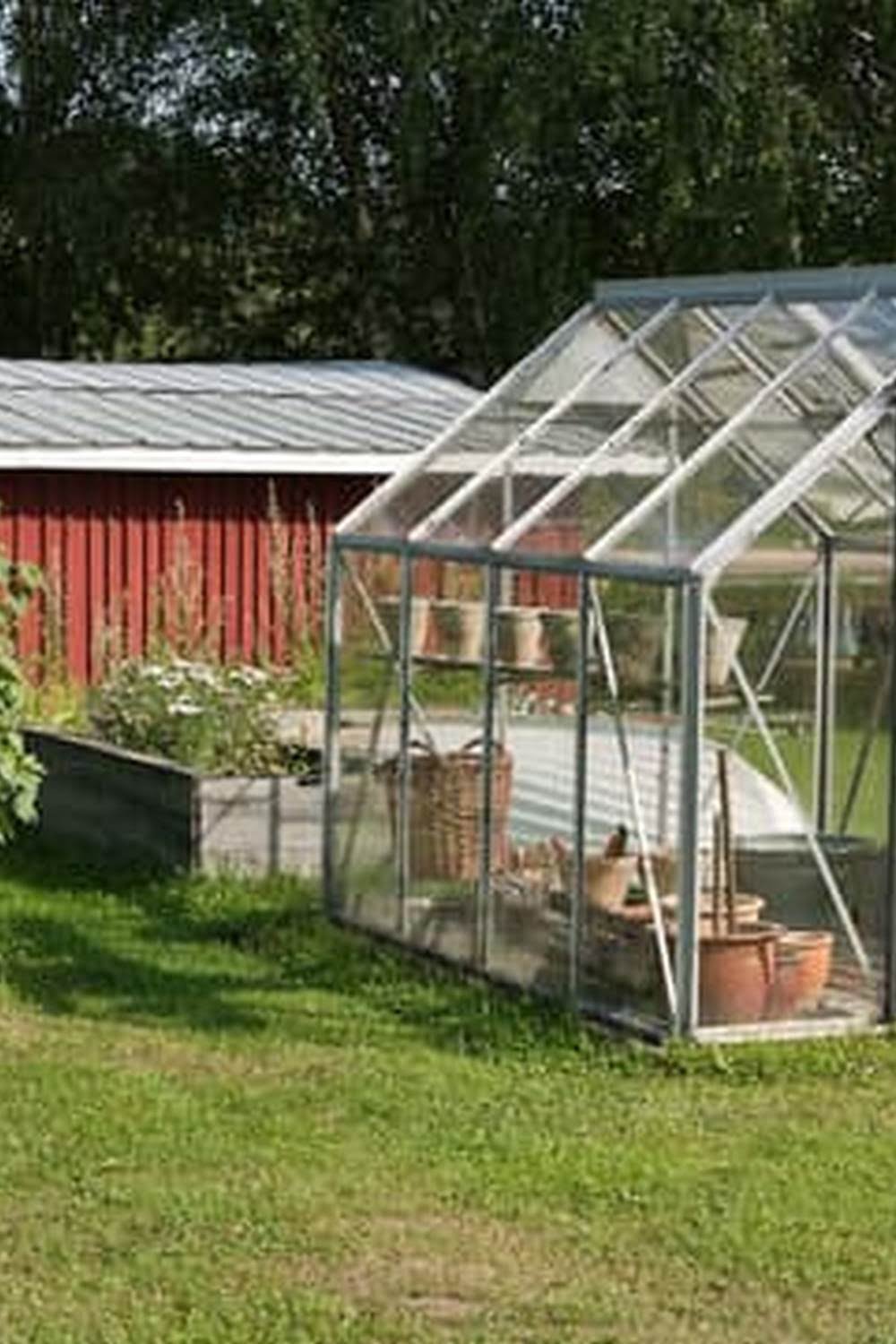Filling A Vegetable Garden With Plants
From A Seed Catalog
When it comes to gardening, there are a lot of different ways to go about it. One popular method is filling a vegetable garden with plants from a seed catalog. This can be a fun and rewarding experience, but there are a few things to keep in mind to make sure the process goes as smoothly as possible.
The first step is deciding which vegetables you want to grow. Some popular options include tomatoes, peppers, cucumbers, and zucchini. Once you’ve decided on the vegetables you want to grow, you need to select the corresponding seeds.
Next, it’s important to figure out when to plant the seeds. This can vary depending on the type of vegetable, but most seeds can be planted either in the spring or in the fall. Be sure to check the seed packet for specific instructions.
Once you’ve decided when to plant the seeds, the next step is to actually plant them. This can be done either in a garden or in a pot. If you’re planting them in a garden, be sure to use rich, well-drained soil. If you’re planting them in a pot, make sure to use potting soil that’s specifically designed for vegetables.
Once the seeds have been planted, it’s important to water them regularly. Be sure to keep an eye on the weather, though, as you don’t want to water the plants if it’s going to rain.
Finally, once the vegetables have started to grow, it’s important to use a fertilizer to help them grow big and strong. There are a variety of different types of fertilizer available, so be sure to select one that’s best suited for the vegetables you’re growing.
Filling a vegetable garden with plants from a seed catalog can be a fun and rewarding experience. By following these simple steps, you can ensure that your garden grows healthy and strong vegetables.
Preparing Vegetable Garden For Spring Planting
One of the most important things to do when preparing your garden for the spring planting season is to test the soil. The pH level of the soil can affect how well your plants grow, so you’ll want to make sure it is at the correct level before you plant anything. You can buy a soil testing kit at your local garden center, or you can send a soil sample to a lab to get a more accurate reading.
If the pH level is off, you can add lime or sulfur to the soil to adjust it. Once the soil is at the correct pH level, you can start planting your vegetables. Be sure to read the labels on the vegetable seed packets to see what type of soil the plants prefer.
If you’re planting vegetables in a raised bed, you’ll need to add some organic matter to the soil to help it retain moisture and nutrients. You can do this by adding compost, manure, or peat moss to the bed before you plant.
Once you’ve prepared the soil, it’s time to choose your plants. You’ll want to choose a variety of vegetables that will be able to mature at different times, so you can harvest vegetables from your garden all season long. Some of the most popular spring vegetables include peas, lettuce, broccoli, and carrots.
When planting your vegetables, be sure to follow the instructions on the seed packets. Most vegetables should be planted 1-2 inches deep and should be spaced several inches apart. Once they’ve grown a few inches, you can then thin them out so they are the desired spacing.
If you’re planting a vegetable garden for the first time, it can be a little daunting. But with a little planning and preparation, you can have a beautiful garden that will produce fresh vegetables all season long.
When To Plant A Vegetable Garden In Seattle
It can be a little daunting for those living in Seattle to know when the best time to plant a vegetable garden is. The truth is, it depends on the vegetable. Some vegetables, like lettuce and spinach, can be planted in early spring, while others, like tomatoes and peppers, need to wait until the weather is a little warmer.
The best way to figure out when to plant your vegetables is to consult a gardening calendar. There are a lot of great gardening calendars out there, like this one from Seattle Tilth. They list when different vegetables can be planted in the Seattle area, as well as what type of soil and weather conditions each vegetable needs.
If you’re not sure what type of soil your garden has, or you’re not sure how to take care of your garden, it might be a good idea to consult with a local gardening expert. Seattle Tilth offers free gardening classes throughout the year, and there are also a lot of great gardening books out there that can help you get started.
Happy gardening!
Good Plants For Home Vegetable Garden
If you are like most people, you enjoy the taste of fresh vegetables. Unfortunately, not everyone has the time or ability to go to a farm or grocery store to buy vegetables. This is where having a home vegetable garden comes in handy. A home vegetable garden can provide you with all the vegetables you need, and it can be grown in a small amount of space.
The best vegetables to grow in a home vegetable garden are those that are easy to grow and that do not require a lot of space. Some of the best vegetables to grow in a home vegetable garden include tomatoes, peppers, cucumbers, carrots, and lettuce.
Tomatoes are a great vegetable to grow in a home vegetable garden. They are easy to grow and do not require a lot of space. Tomatoes can be grown in a small garden or in a container.
Peppers are another great vegetable to grow in a home vegetable garden. They are easy to grow and do not require a lot of space. Peppers can be grown in a small garden or in a container.
Cucumbers are another great vegetable to grow in a home vegetable garden. They are easy to grow and do not require a lot of space. Cucumbers can be grown in a small garden or in a container.
Carrots are a great vegetable to grow in a home vegetable garden. They are easy to grow and do not require a lot of space. Carrots can be grown in a small garden or in a container.
Lettuce is a great vegetable to grow in a home vegetable garden. It is easy to grow and does not require a lot of space. Lettuce can be grown in a small garden or in a container.
What To Plant In June Vegetable Garden
Summertime is a great time to enjoy the outdoors and get some fresh air. What a better way to spend the summer than by planting a vegetable garden? Vegetables are a great way to get your daily intake of fruits and vegetables. Not to mention, they are a great addition to any dish. In this article, we will discuss what to plant in a June vegetable garden.
The best vegetables to plant in a June vegetable garden are:
1. Beans: Beans are a great vegetable to plant in a June vegetable garden. They are easy to grow and can be eaten raw or cooked.
2. Tomatoes: Tomatoes are a great vegetable to plant in a June vegetable garden. They are easy to grow and can be eaten raw or cooked.
3. Zucchini: Zucchini are a great vegetable to plant in a June vegetable garden. They are easy to grow and can be eaten raw or cooked.
4. Peppers: Peppers are a great vegetable to plant in a June vegetable garden. They are easy to grow and can be eaten raw or cooked.
5. Cucumbers: Cucumbers are a great vegetable to plant in a June vegetable garden. They are easy to grow and can be eaten raw or cooked.
6. Eggplant: Eggplant are a great vegetable to plant in a June vegetable garden. They are easy to grow and can be eaten raw or cooked.
7. Lettuce: Lettuce is a great vegetable to plant in a June vegetable garden. It is easy to grow and can be eaten raw or cooked.
8. Carrots: Carrots are a great vegetable to plant in a June vegetable garden. They are easy to grow and can be eaten raw or cooked.
9. Radishes: Radishes are a great vegetable to plant in a June vegetable garden. They are easy to grow and can be eaten raw or cooked.
10. Spinach: Spinach is a great vegetable to plant in a June vegetable garden. It is easy to grow and can be eaten raw or cooked.

If you’re looking to get into vegetable gardening, or are just looking for some tips on how to make your current garden better, then you’ve come to the right place! My name is Ethel and I have been gardening for years. In this blog, I’m going to share with you some of my best tips on how to create a successful vegetable garden.





